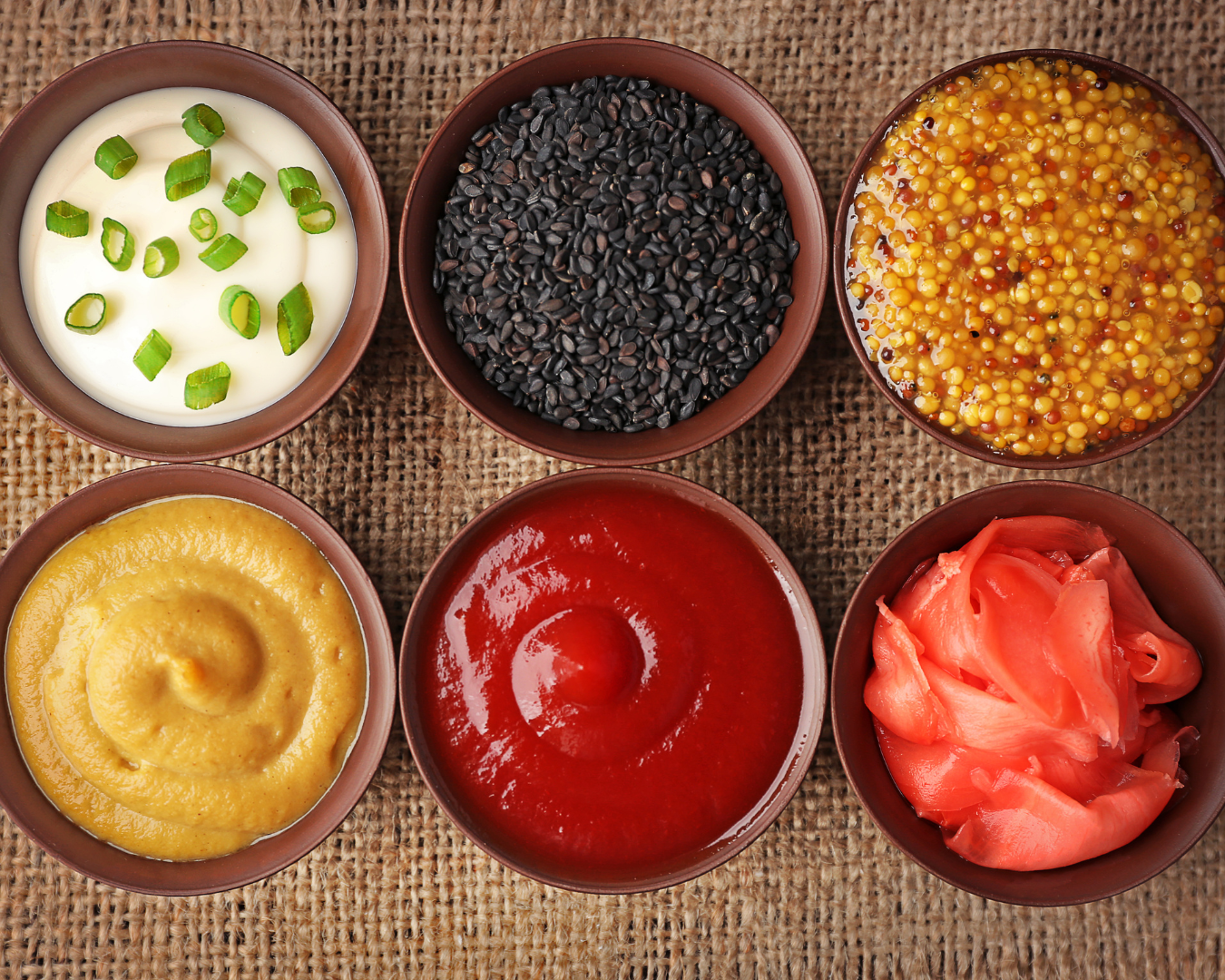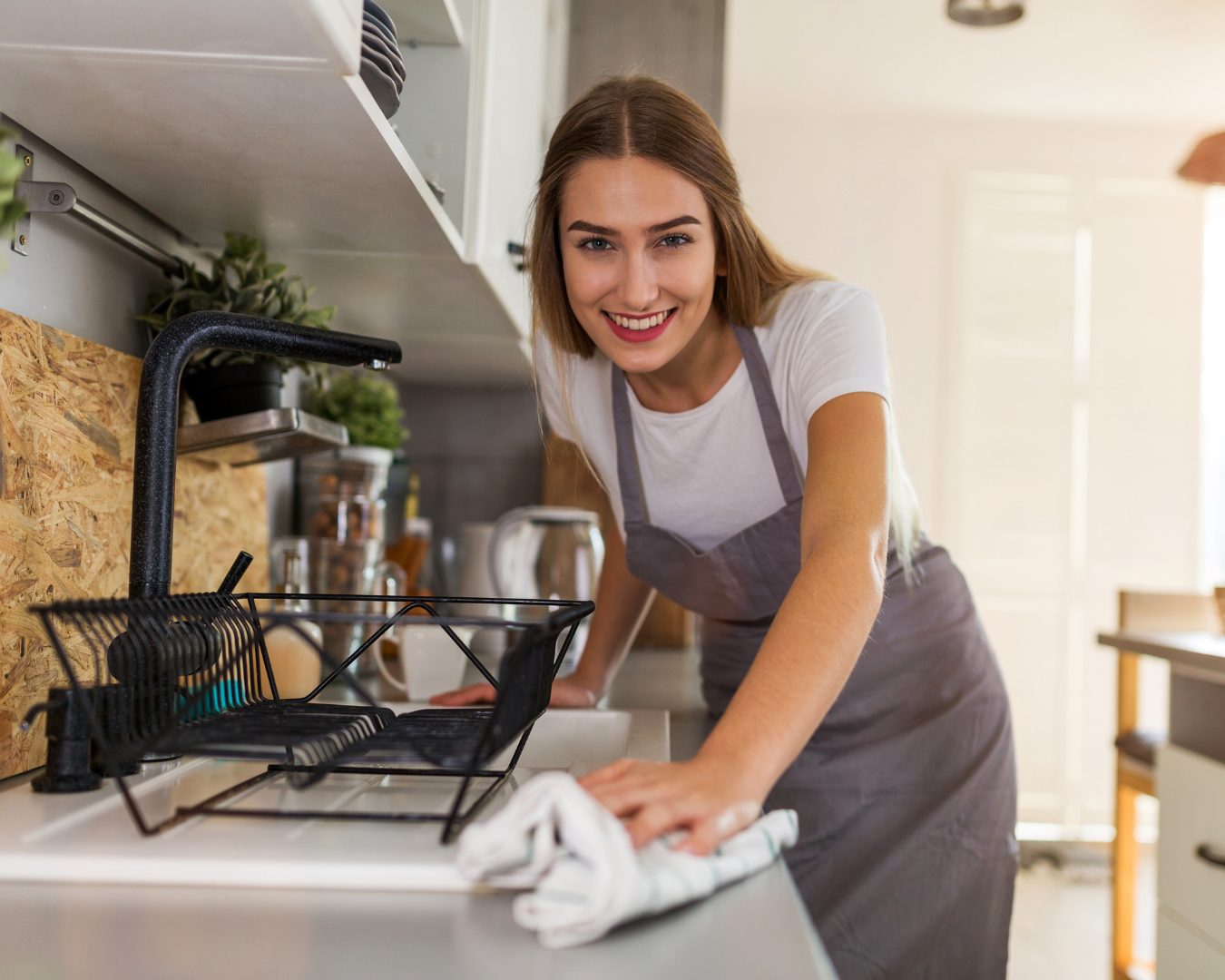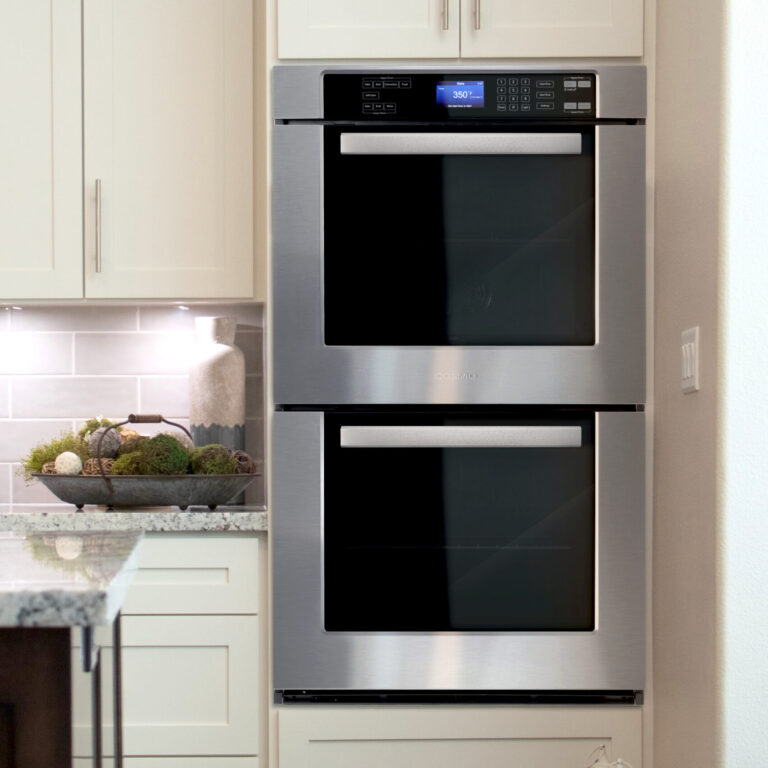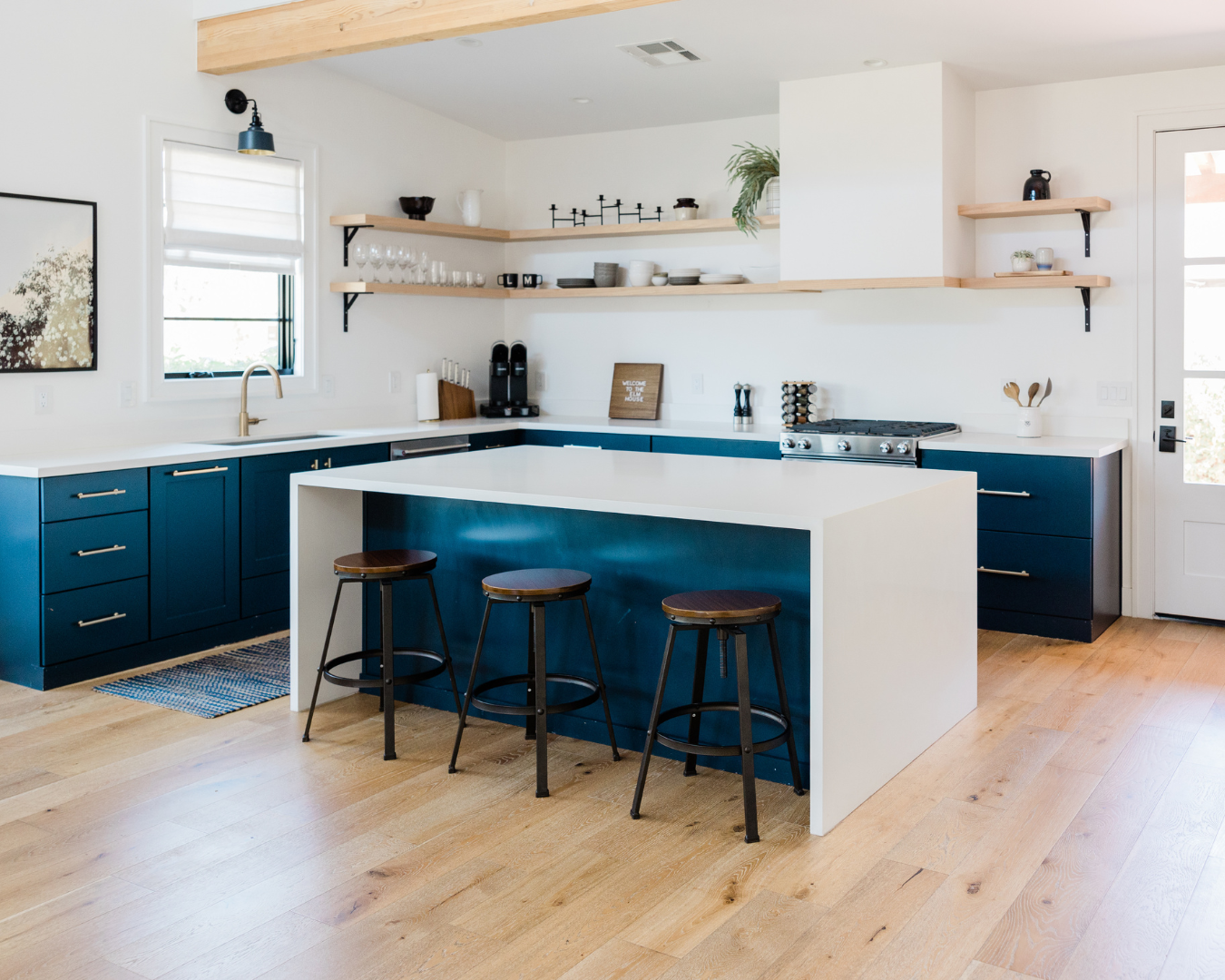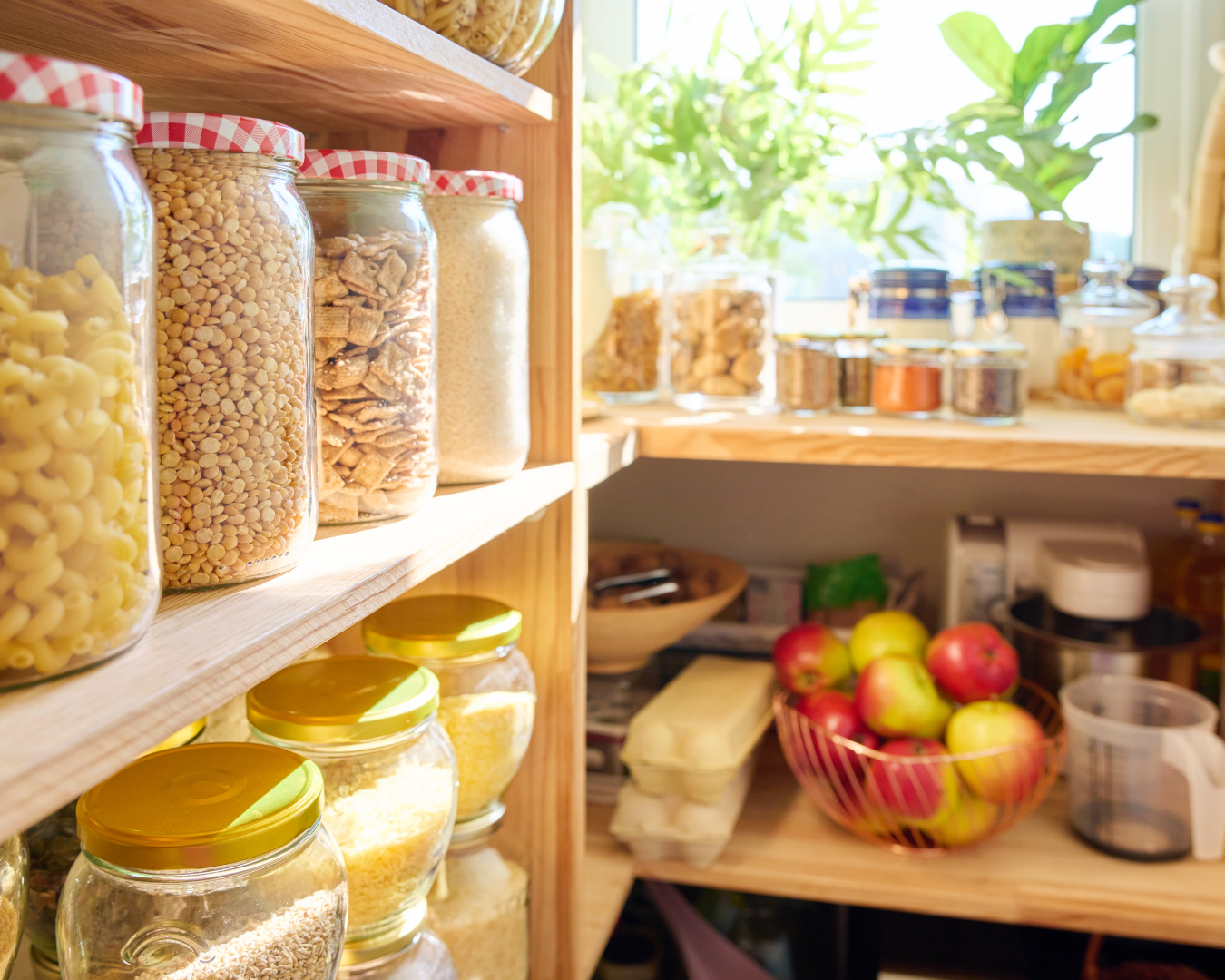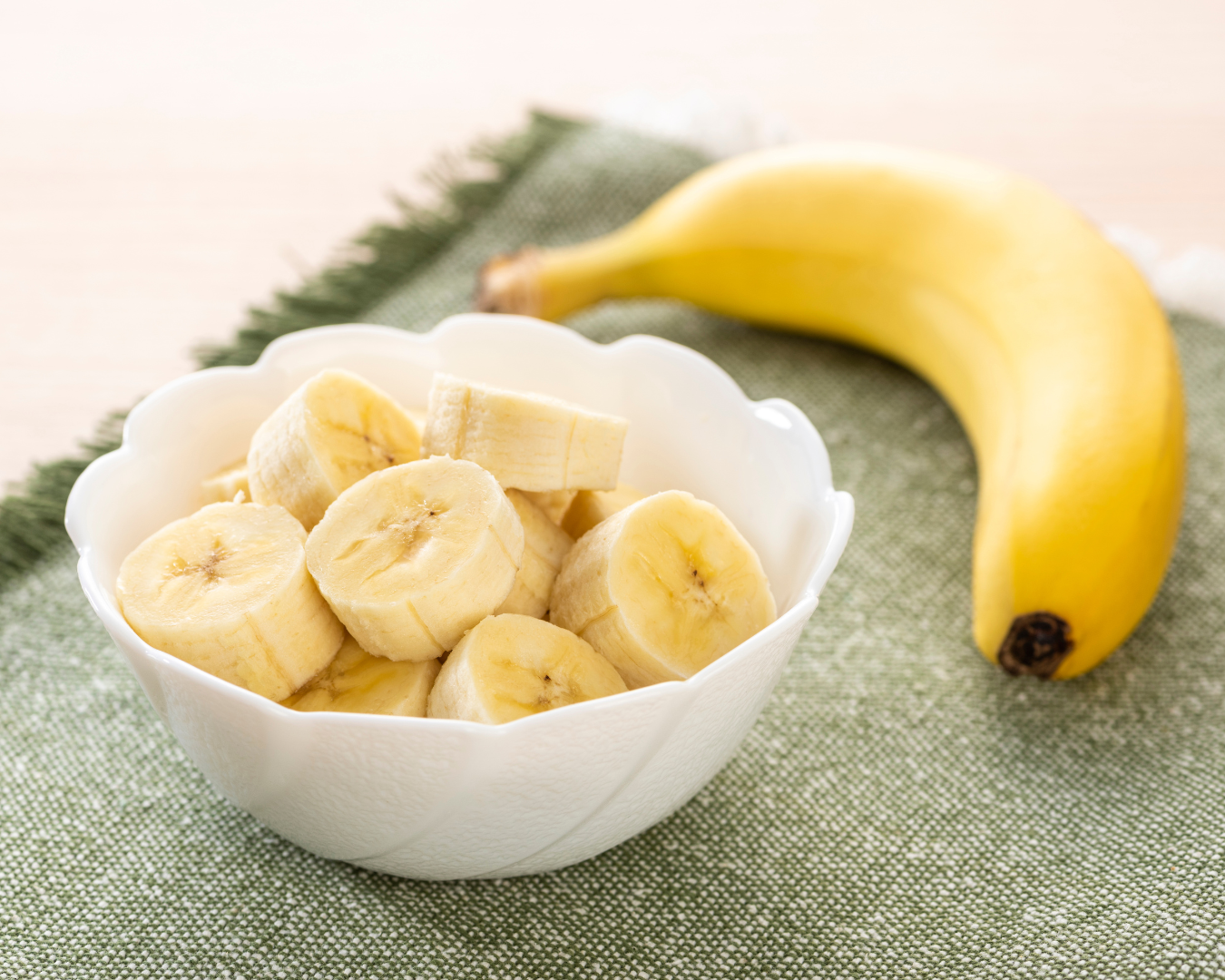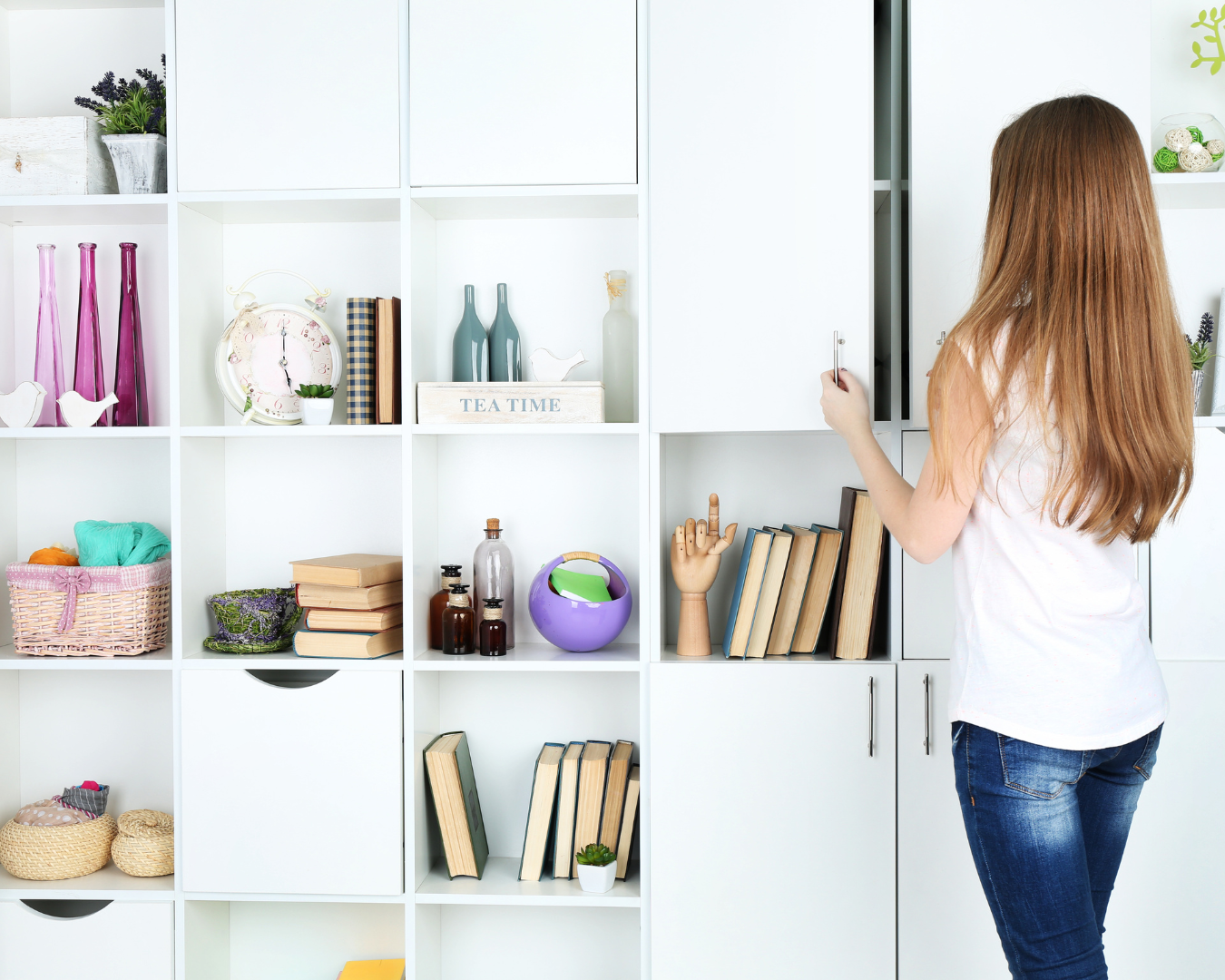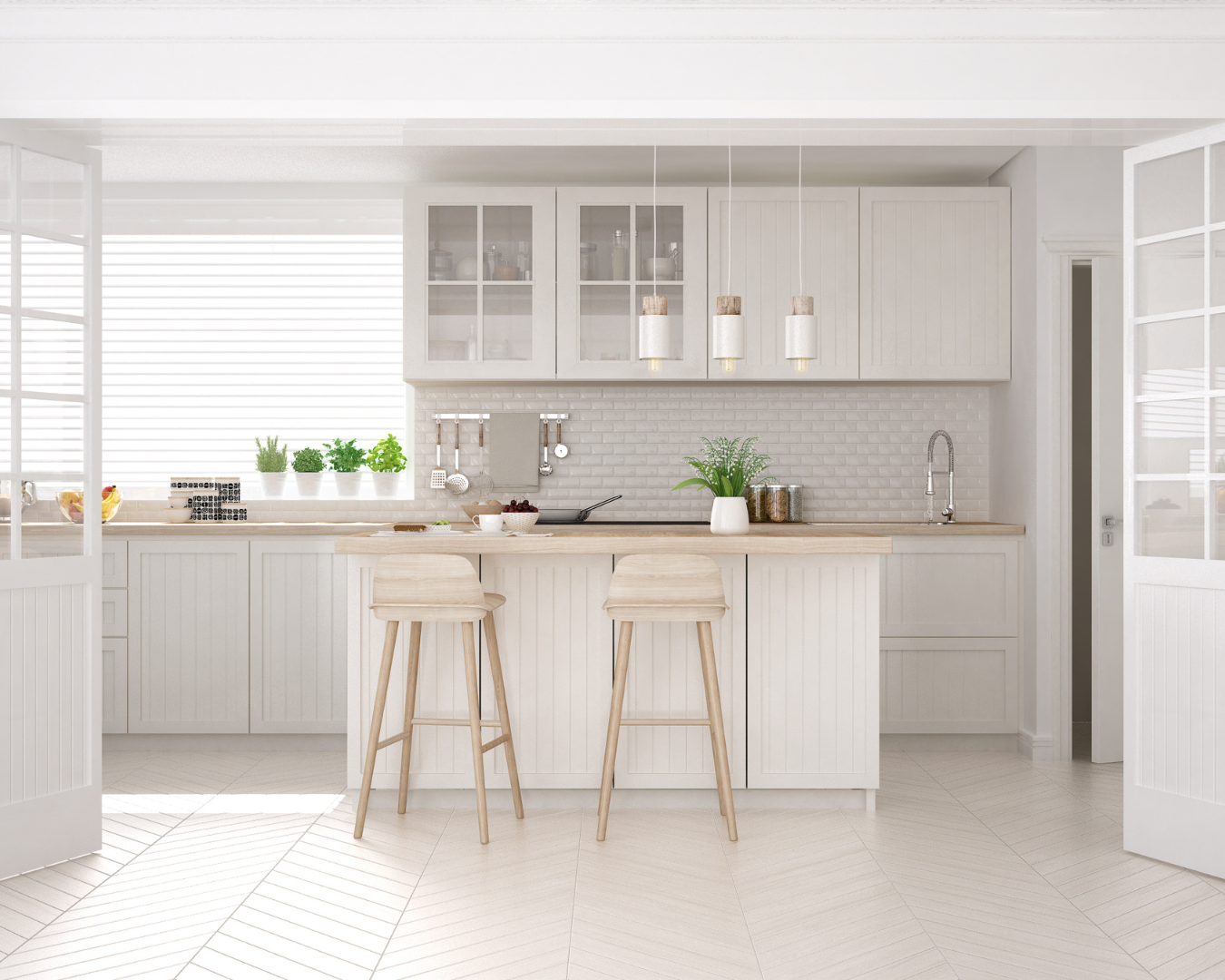Homemade Condiments and Sauces: Adding a Personal Touch to Your Meals
When it comes to elevating your culinary creations, nothing beats the flavor and satisfaction of homemade condiments and sauces. Whether you’re aiming to impress at a dinner party or simply want to add a personal touch to your everyday meals, making your own condiments is a rewarding and flavorful endeavor. Explore the joys and benefits of homemade condiments, share some versatile recipes, and provide tips for perfecting your creations. The Benefits of Homemade Condiments 1. Superior Flavor and Freshness Homemade condiments often surpass store-bought versions in both taste and freshness. By using fresh ingredients and avoiding preservatives, you ensure that each bite is bursting with natural flavor. 2. Customizable to Your Taste One of the greatest advantages of making your own condiments is the ability to tailor them to your specific tastes. Whether you prefer a spicier kick, a sweeter note, or a tangy twist, you have complete control over the flavor profile. 3. Healthier Options Store-bought condiments can be laden with sugar, salt, and artificial additives. By making your own, you can use healthier ingredients and adjust the seasoning to fit your dietary needs. 4. Cost-Effective While the initial cost of ingredients might seem high, homemade condiments can be more economical in the long run. Many ingredients are pantry staples, and a little goes a long way. Essential Homemade Condiment Recipes Classic Mayonnaise A creamy, versatile spread perfect for sandwiches, dips, and dressings. Ingredients: Instructions: Tangy Barbecue Sauce Perfect for grilling season, this sauce adds a smoky, sweet, and tangy flavor to meats and vegetables. Ingredients: Instructions: Fresh Herb Pesto A vibrant sauce that pairs well with pasta, sandwiches, and roasted vegetables. Ingredients: Instructions: Tips for Perfecting Your Homemade Condiments Homemade condiments and sauces are a fantastic way to add a personal touch to your meals. With superior flavor, customizable ingredients, and healthier options, you’ll wonder why you ever settled for store-bought versions. Start with these simple recipes and tips, and soon you’ll be creating a pantry full of delicious, homemade delights that elevate every dish.

